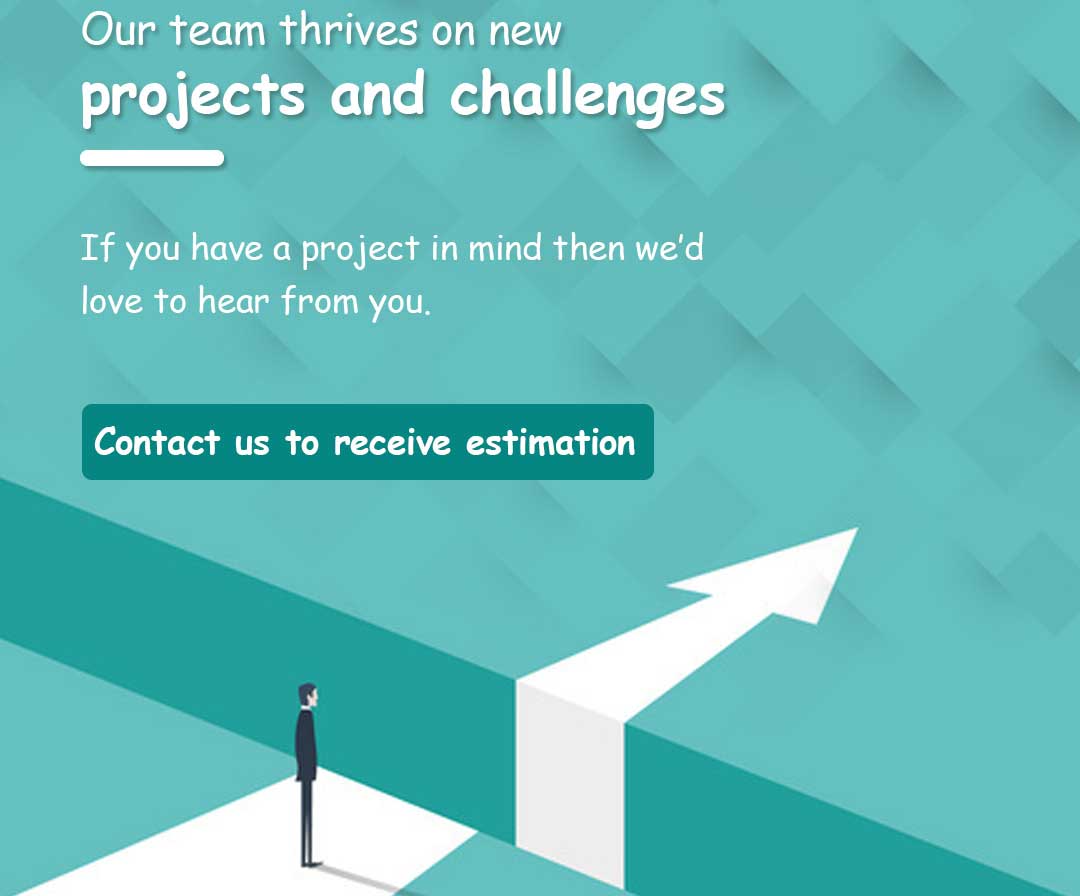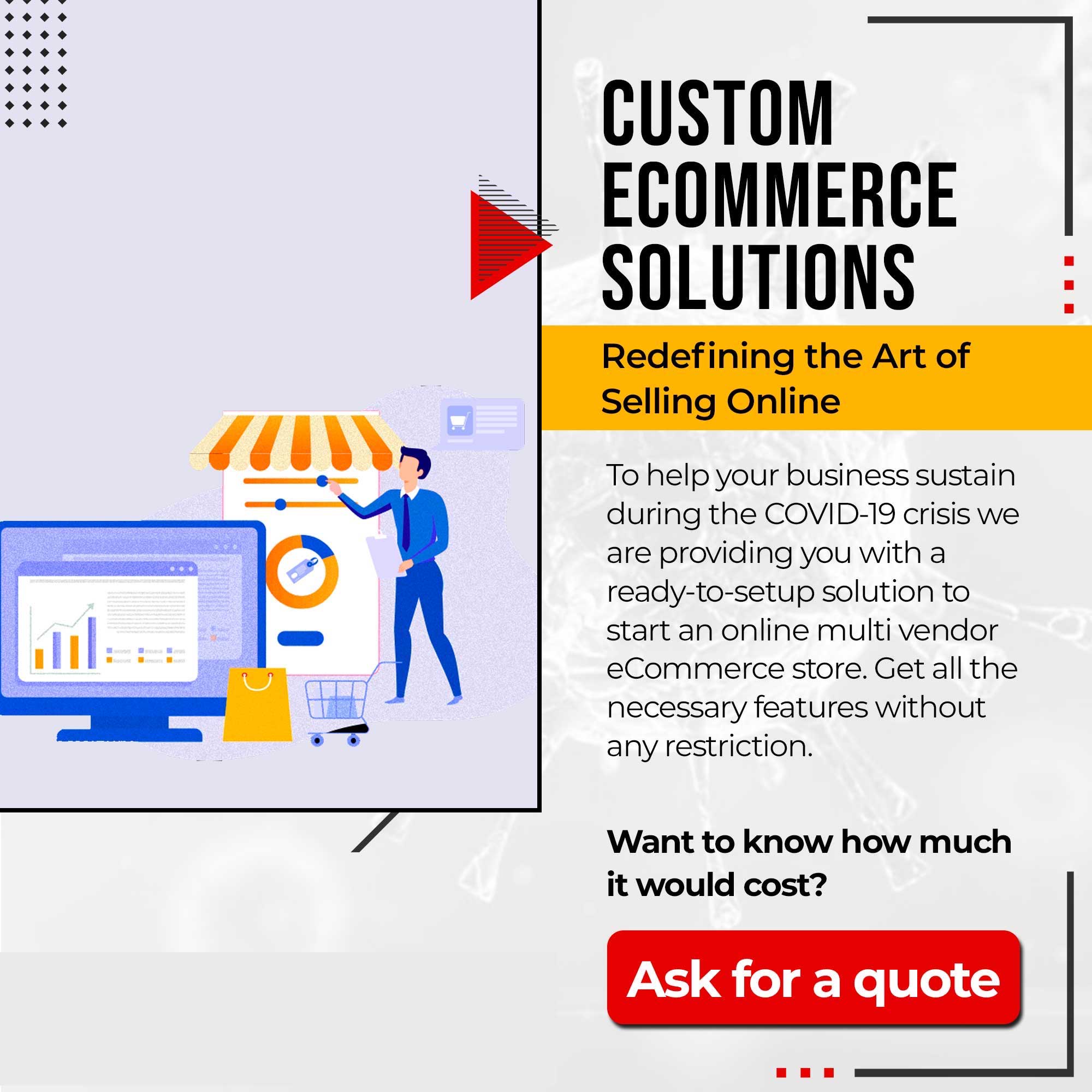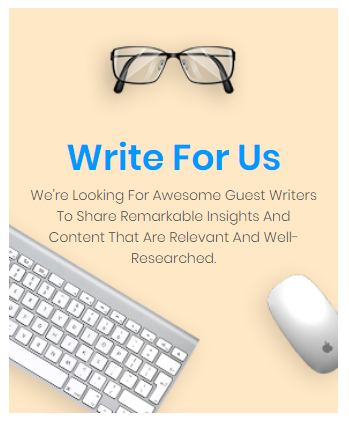The Next Chapter of AI in Web Design: Building Smart, Predictive Websites
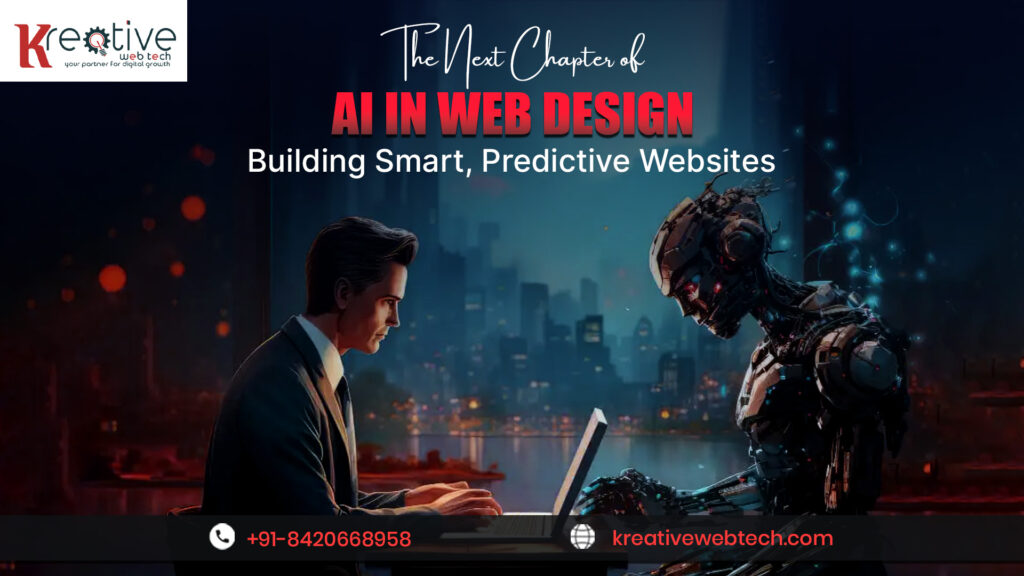
In the dynamic world of web design, innovation has always been the cornerstone of progress. From static pages to responsive layouts, and now to AI-driven experiences, the journey of web design is a testament to the ever-evolving digital landscape. Today, we stand on the precipice of another groundbreaking shift—the era of smart, predictive websites powered by Artificial Intelligence (AI).
The Rise of AI in Web Design
AI is no longer just a buzzword; it’s a transformative force reshaping industries, and web design is no exception. Traditionally, creating a website demands a blend of technical skills and creativity. But with AI, this process is becoming more streamlined and intelligent, offering tools that enhance user experience, design aesthetics, and functionality.
From AI-powered design assistants like Adobe Sensei to platforms like Wix ADI (Artificial Design Intelligence), AI is democratizing web design, making it accessible to startups, small businesses, and even individuals with minimal technical expertise.
What Are Smart, Predictive Websites?
Predictive websites leverage AI to anticipate user needs and deliver personalized experiences in real-time. These websites analyze data, learn from user interactions, and adjust content, layout, or functionality to meet individual preferences. Imagine a website that not only knows what you want but also serves it to you before you even ask. That’s the promise of predictive web design.
Core Features of Predictive Websites
- Personalization at Scale Predictive websites tailor content to individual users based on their browsing history, preferences, and behavior. Whether it’s product recommendations on an e-commerce site or content suggestions on a blog, AI ensures that every user feels uniquely catered to.
- Dynamic Content Updates Gone are the days of static websites. Predictive sites update dynamically, showing users content that aligns with their immediate interests. For instance, a news site might prioritize sports articles for a user who frequently visits the sports section.
- Enhanced User Engagement By predicting user behavior, these websites can engage visitors more effectively. Features like chatbots, interactive elements, and intuitive navigation paths are crafted to keep users hooked.
- Adaptive Design Predictive websites adapt their layout and functionality based on the user’s device, location, and even time of day. This ensures a seamless experience, whether someone is browsing on a smartphone during a commute or on a desktop at work.
How AI Enables Predictive Web Design
- Data Collection and Analysis AI thrives on data. By collecting information about user interactions, preferences, and demographics, AI algorithms create a comprehensive profile for each visitor. Tools like Google Analytics and Hotjar, combined with AI capabilities, provide actionable insights that fuel predictive design.
- Machine Learning Models Machine learning (ML) enables websites to learn and improve over time. For example, an e-commerce site can analyze purchasing patterns to refine its recommendation engine continually.
- Natural Language Processing (NLP) NLP powers chatbots and voice-activated interfaces, enabling websites to understand and respond to user queries naturally. This creates an interactive and human-like experience for visitors.
- Predictive Analytics Predictive analytics tools forecast future behavior based on historical data. For instance, an AI-driven travel website might suggest vacation packages based on a user’s previous searches and bookings.
Benefits of Predictive Websites
- Improved User Experience By anticipating user needs, predictive websites eliminate friction points, ensuring smoother navigation and a more enjoyable experience.
- Higher Conversion Rates Personalization and timely recommendations lead to higher engagement and, ultimately, more conversions. Whether it’s completing a purchase or signing up for a newsletter, predictive websites drive actions.
- Cost Efficiency While the initial investment in AI tools might seem significant, the long-term benefits of increased efficiency and reduced reliance on manual updates outweigh the costs.
- Competitive Edge In an era where user expectations are sky-high, predictive websites offer businesses a significant advantage by standing out in a crowded digital space.
Challenges in Building Predictive Websites
While the potential of predictive web design is immense, it’s not without challenges:
- Data Privacy Concerns: Collecting and analyzing user data must comply with regulations like GDPR and CCPA. Transparency and user consent are crucial.
- Technical Complexity: Implementing AI-driven features requires expertise in machine learning, data science, and web development.
- Initial Investment: High-quality AI tools and development resources can be costly, posing a barrier for small businesses.
The Future of Predictive Web Design
As AI technology advances, the possibilities for predictive web design are boundless. Here’s what the future might hold:
- Hyper-Personalized Experiences AI will enable even more granular personalization, considering factors like mood, context, and social behavior.
- Voice-Driven Interfaces With the rise of voice assistants like Alexa and Siri, websites will integrate voice-activated navigation, making interactions more intuitive.
- AI-Crafted Designs AI could evolve to handle complex design decisions, creating unique layouts and visuals tailored to each user.
- Seamless Integration with IoT Predictive websites might sync with Internet of Things (IoT) devices, offering experiences that extend beyond the screen. For instance, a smart fridge recommends recipes directly linked to a grocery delivery site.
Embracing the Next Chapter
The next chapter of AI in web design isn’t just about technology; it’s about creating meaningful connections between businesses and users. By leveraging AI to build smart, predictive websites, we can move closer to a digital world where every interaction feels natural, intuitive, and impactful.
For businesses and designers, the challenge is to embrace this shift and harness the power of AI responsibly. The tools are here, the potential is vast, and the time to innovate is now. Are you ready to craft the future of web design?
